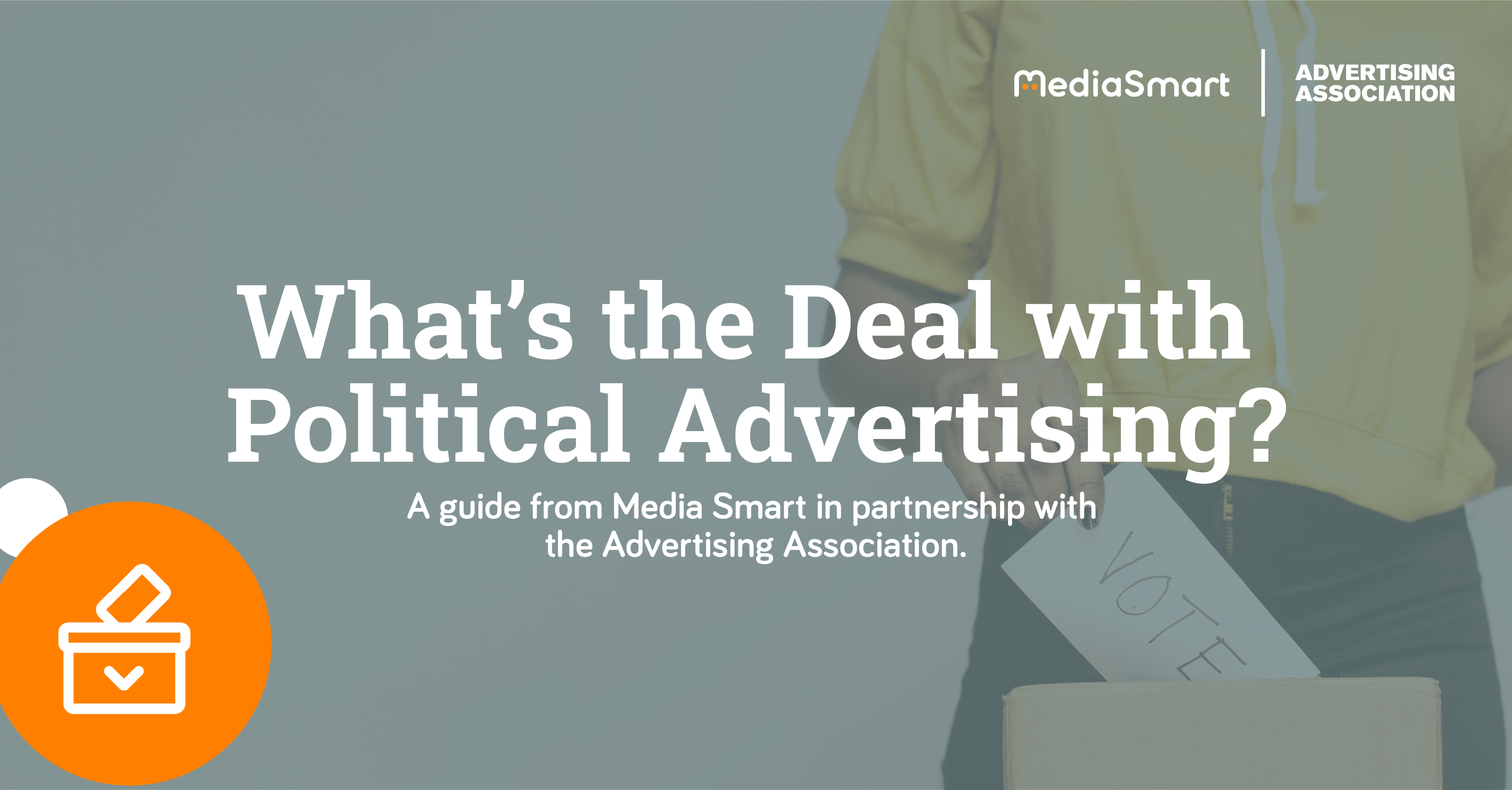Why media literacy matters in this election year

- 03 July 2024
Political advertising has a unique ability to spark debate and holds a rich place within UK culture, whether it’s Saatchi’s famous ‘Labour isn’t working’ campaign of 1978 or TBWA’s Margaret Thatcher mock-up for Labour in 2001.
The run up to the July general election has brought a surge in political advertising. However, according to UK advertising thinktank, Credos, a significant portion of the public (44%) are concerned about political advertising. Research shows people are significantly less likely to trust political advertising than commercial advertising. What’s more, almost three quarters of people (73%) believe that political advertising should be subject to the same rules and regulations as other forms of advertising.
So, Media Smart, in partnership with trade body the Advertising Association (AA), of which CIM is a council member, has published a new 10-point guide, ‘What’s the deal with political advertising?’ and corresponding awareness campaign. It answers some key questions, including:
- What is political advertising? Political parties pay for ads before local or national elections to make people aware of their policies and ultimately convince you to vote for them.
- Who regulates election ads? While the Advertising Standards Authority (ASA) regulates brand ads, it does not regulate advertising by political parties around election time.
- How is election advertising on TV regulated? TV and radio shows give political parties airtime as part of their broadcasts, which doesn’t count as advertising. Otherwise, political ads aren’t allowed on traditional broadcast TV or radio channels.
- What’s keeping online political ads transparent? Physical campaign flyers have imprints, and new laws mean that digital ads now need imprints to help you understand who is trying to influence your vote. Social media platforms also have ad libraries that allow you to check election ads.
- How can I improve my political literacy? The guide poses questions you can ask yourself when looking political adverts which will help develop your critical thinking skills and encourage you to explore fact-checking websites.
The full 10-point guide can be downloaded for free via Media Smart’s website here.


But why does this matter?
Voter understanding of political advertising is crucial, where the stakes are high and decisions can have a lasting impact for a country.
Media Smart and the AA are running an awareness campaign to promote the 10-point guide to help voters, especially young adults getting ready to vote for the first time, make informed decisions from advertising and marketing messages they may receive in the run up to the election. A 30” video creative, designed by Pearl & Dean Productions, will appear through donated inventory in Pearl & Dean cinemas and on BVOD on Channel 4, with clearance, subtitling, and delivery through Clearcast. Thought-provoking executions will appear on Open Media’s OOH sites across the country, as well as reaching first-time voters via Next Gen Media in 300 university accommodations and sixth form colleges.
We all have a vested interest in making sure that the work of our industry, even that developed by political parties, can be trusted. We believe it is critical people know and understand the differences in the rules between those that brands are asked to follow, and those set for battle in the ballot boxes.
For marketers looking to understand more about advertising, CIM has a range of training courses covering a wide range of channels and techniques. Click below to learn more.

- 0 views

 FAQs
FAQs
 Log in
Log in
 MyCIM
MyCIM






